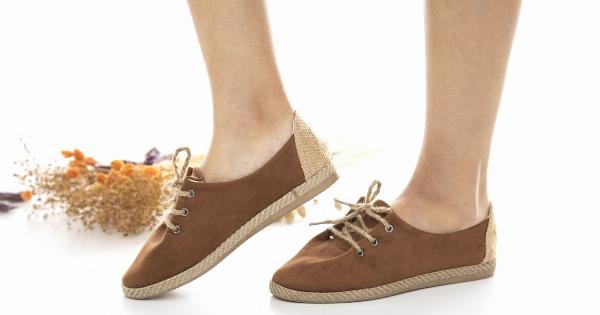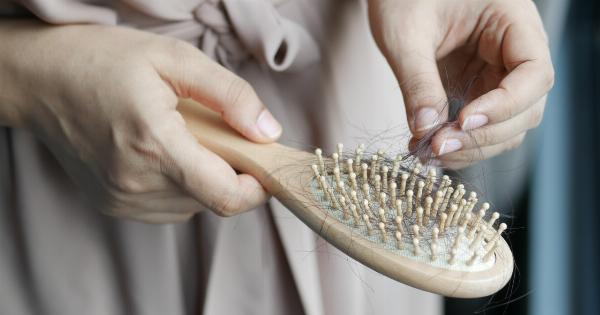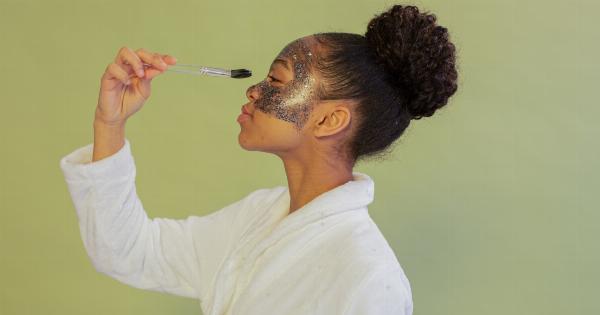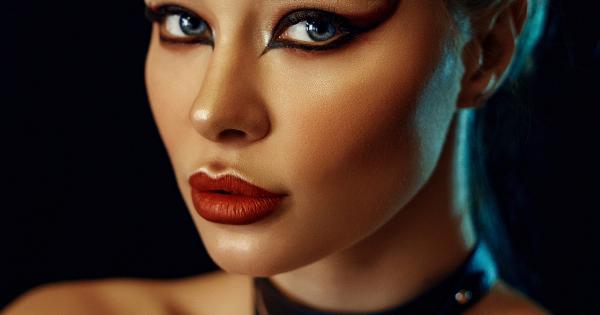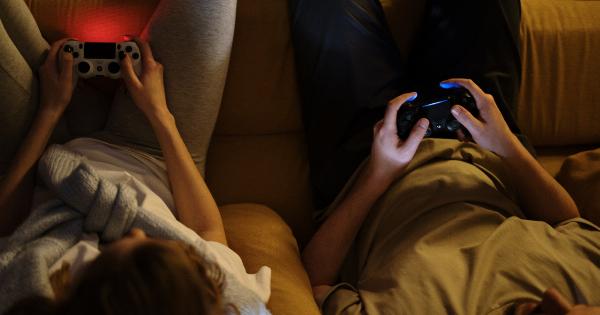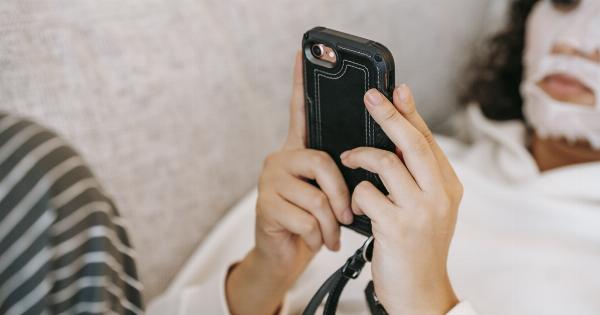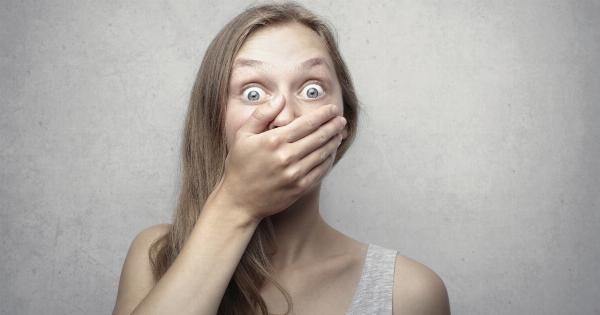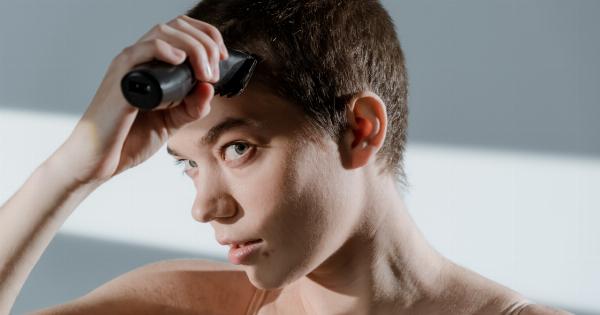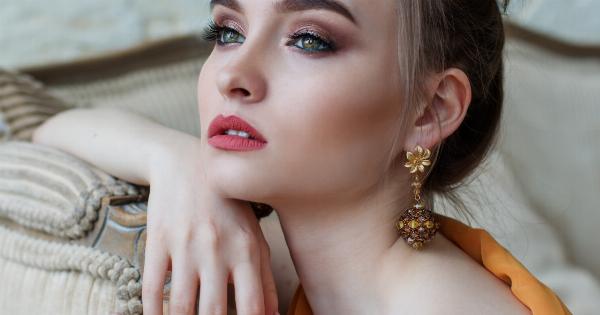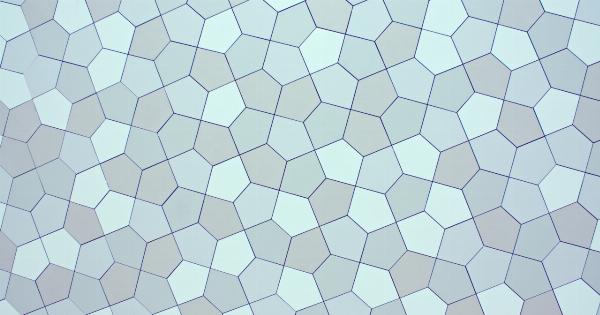Facial hair has the ability to completely transform a man’s appearance.
Whether it’s a neatly trimmed beard, a rugged stubble, or a clean-shaven look, the presence or absence of facial hair can drastically change the way a man is perceived by others. In this article, we will explore how different styles of facial hair can alter a man’s overall look and the impact it can have on his self-confidence and social interactions.
How Facial Hair Shapes the Face
Facial hair plays a crucial role in shaping a man’s face. It can enhance or conceal certain features, creating a more balanced and appealing appearance.
The way facial hair grows is determined by genetics, and different men have varying hair growth patterns. Let’s delve into the various ways facial hair can change a man’s face:.
The Masculinity Factor
When it comes to facial hair, one of the first things that come to mind is its association with masculinity. A full beard is often seen as a symbol of maturity, masculinity, and strength.
It projects an aura of authority and can make a man appear more rugged and mature. On the other hand, a clean-shaven face can give off a youthful and boyish charm. The presence or absence of facial hair can significantly influence how others perceive a man’s masculinity.
Facial Hair and Facial Structure
The style of facial hair a man chooses can greatly impact the perception of his facial structure. For instance, a beard can help define a weak chin or a round face, as it adds more angles and contours to the face.
It can create the illusion of a stronger jawline and make the face appear more angular. Similarly, a mustache can divert attention from a prominent nose or highlight the shape of the lips. The way facial hair is groomed and shaped can significantly alter a man’s facial structure.
Expressing Personal Style
Facial hair can be a powerful means of self-expression and personal style. Men often experiment with different facial hair styles to showcase their individuality and personality.
A perfectly groomed beard can exude sophistication and elegance, while a long, untamed beard may portray a wild and free-spirited nature. The choice to have facial hair or be clean-shaven can be a reflection of one’s personal style, cultural background, or even profession.
Facial Hair and Perceived Attractiveness
While attractiveness is subjective, studies have shown correlations between certain types of facial hair and perceived attractiveness.
For example, research suggests that light stubble is often rated as the most attractive facial hair style, as it strikes a balance between masculinity and cleanliness. A neatly trimmed beard can also enhance a man’s attractiveness by framing the face and drawing attention to the eyes and cheekbones. However, attractiveness is not solely reliant on facial hair and can vary from person to person.
Cultural and Historical Significance
Facial hair has held cultural and historical significance across various societies. In many cultures, specific facial hair styles are associated with traditions, religious practices, or social status.
For example, in ancient Egypt, a clean-shaven face was considered essential as it symbolized cleanliness and superiority. In contrast, during the Victorian era, an era known for its elaborate facial hair styles, men often sported intricate mustaches and beards as a sign of masculinity and refinement.
The Impact on Self-Confidence
Facial hair can have a significant impact on a man’s self-confidence. For some, growing a beard or mustache can be a confidence booster, as it enhances their appearance and makes them feel more masculine.
On the other hand, a man who struggles to grow facial hair or has sparse growth may feel self-conscious about his appearance. In such cases, facial hair grooming techniques and products can help boost self-esteem and create the desired look.
Changing Facial Hair Trends
Facial hair trends have evolved over time and continue to change with the influence of fashion and popular culture.
In recent years, we have seen a resurgence in the popularity of beards, with various styles such as the full beard, goatee, and stubble gaining prominence. Celebrities and influencers often play a significant role in dictating these trends. However, it’s important to remember that personal preference should always take precedence over trends when it comes to grooming and styling facial hair.
The Shaving Dilemma
For men who prefer a clean-shaven look, maintaining a smooth face can be a regular part of their grooming routine. Shaving not only removes facial hair but also exfoliates the skin, leaving it feeling refreshed and smooth.
However, frequent shaving can cause irritation and ingrown hairs for some men. It is crucial to choose the right shaving products and techniques to minimize these issues and maintain healthy skin.
Facial Hair Maintenance
Regardless of the facial hair style a man chooses, maintaining it is crucial to keep a well-groomed appearance. Regular trimming, cleaning, and moisturizing can help prevent itchiness, dryness, and stray hairs.
Using quality beard oils or balms can also promote healthier hair growth and ensure a soft and manageable beard. Proper care and maintenance can make a significant difference in a man’s appearance and overall confidence.
Conclusion
Facial hair has the remarkable ability to completely transform a man’s appearance.
Whether it’s a full beard, a mustache, a goatee, or clean-shaven, the presence or absence of facial hair can significantly impact how a man is perceived by others. From enhancing facial structure to expressing personal style and cultural significance, facial hair holds great importance in shaping a man’s overall look.
Embracing different styles of facial hair can not only alter external perceptions but also boost self-confidence and create a sense of personal identity.

